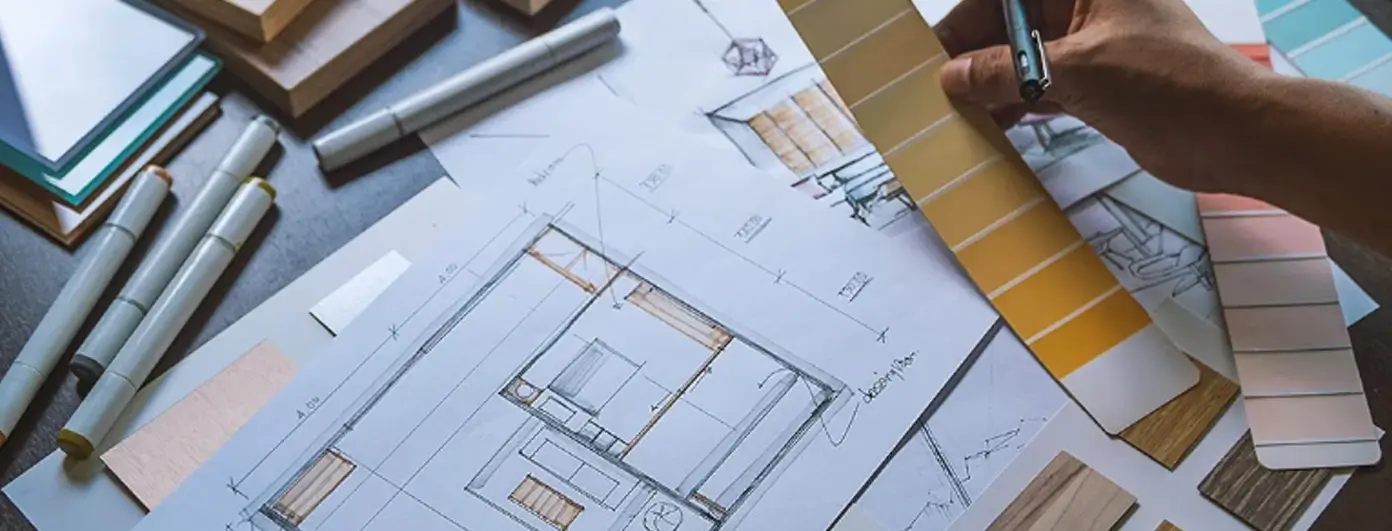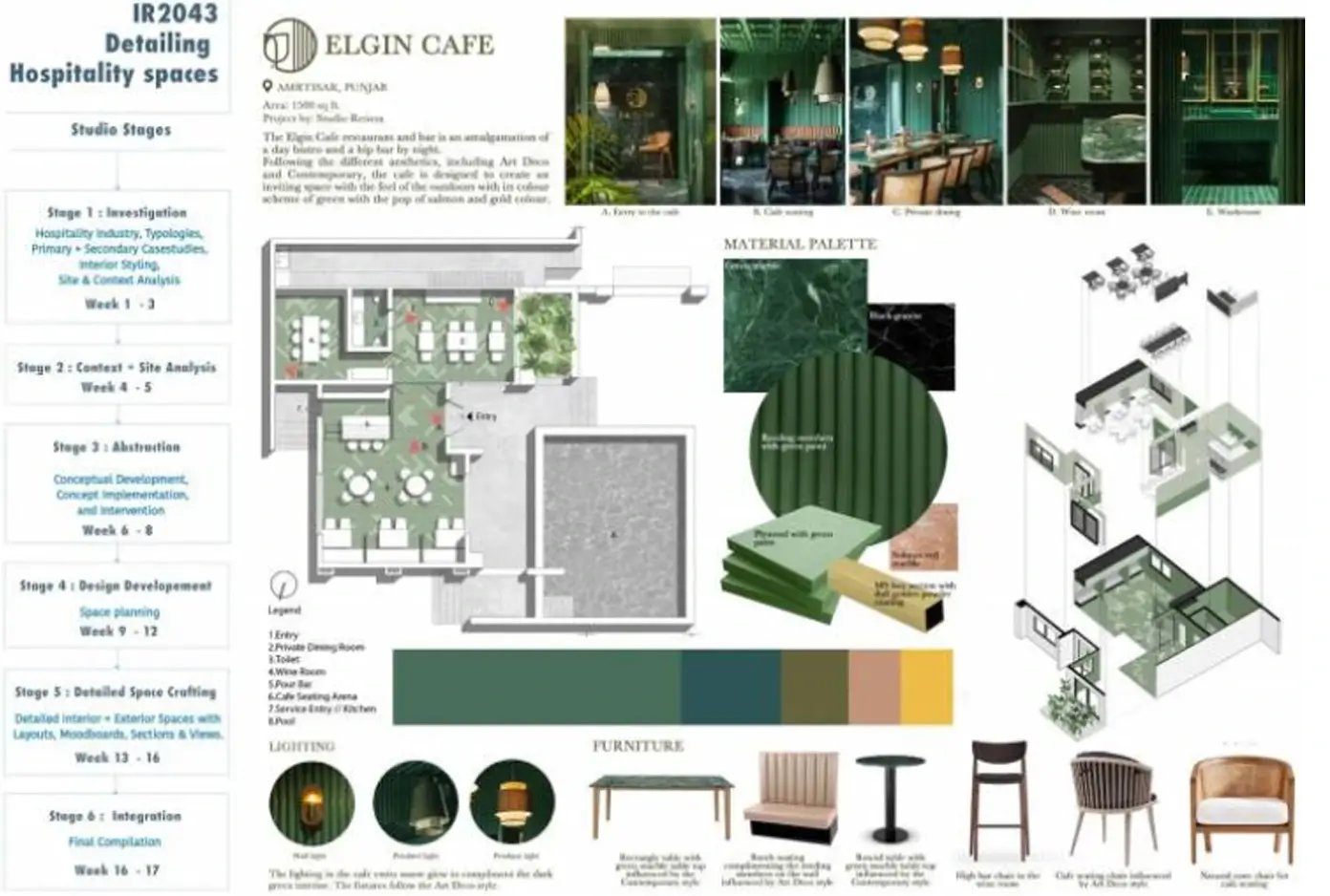
Pexels
Among the many career paths out there, interior design holds a special place as an interdisciplinary field that blends creativity, psychology, and spatial logic. It’s where technical precision meets artistic instinct, and where spaces are designed not just to look appealing but to feel meaningful and functional. For aspiring designers, the first step into this exciting world often comes down to one important choice: whether to study for a diploma or a degree in interior design.
While both options can lead to a career in interior design, they differ in how they teach, what they cover, and the kind of opportunities they open up in the long run. This choice isn’t just about what you’ll study — it’s a key step that shapes your learning journey, your future career, and even your creative growth.
Interior Design Diploma: Direct, Technical, Practice-Oriented
Interior Design Diploma is typically a condensed program, ranging from six months to two years, offered by design institutes and vocational colleges. Its appeal lies in its focus: a pragmatic, tool-based approach to learning, with heavy emphasis on industry-relevant software (AutoCAD, Revit, SketchUp), studio assignments, and market-ready portfolios.
Key Features:
- Efficient Entry: Accelerates the path from education to employment.
- Applied Skills: Geared toward immediate application in real-world scenarios.
- Flexible Entry Requirements: Often open to students from diverse academic backgrounds.
- Cost-Effective: Generally less expensive than degree programs, making it more accessible to a broader demographic.
An interior design diploma is a good option for individuals seeking to switch their field of practice. Production designers, set designers, and professionals from a variety of fields can pursue this interior design course to enter the industry. Many famous interior design firms across India and abroad are headed by people who might not have degrees but have the skill to create, make connections, and, of course business acumen.

6 Month Diploma in Interior Design | IIFT Bangalore
Famous interior designer and author Nate Berkus says, “The best rooms have something to say about the people who live in them.” A diploma may get you to the room faster, but it might limit you in defining its design narrative. An interior design diploma offers immediacy but may sacrifice in-depth knowledge. Diplomas tend to eschew broader theoretical and historical frameworks in favor of technical proficiency. While this suits students eager to enter the field as design assistants, decorators, or freelance stylists, it may limit access to more advanced or internationally recognized roles in the long term.
Interior Design Degree: Comprehensive, Theoretical, Future-Proof
Conversely, an interior design degree spans three to four years and provides a far more holistic education. Students are not only taught how to design but why design matters—philosophically, historically, and culturally. This interior design course extends beyond software and space planning to include modules in environmental psychology, material science, sustainability, and design ethics.
Core Advantages:
- Academic Rigor: Encourages critical thinking, research, and innovation.
- Professional Legitimacy: Often required for industry licensing or registration (such as NCIDQ and other certifications abroad).
- Global Recognition: More likely to be acknowledged across international borders and by multinational firms.
- Pathways to Further Study: Provides the academic foundation for postgraduate work or teaching.

Bachelor of Interior Design Portfolio 2022 | CEPT
This path is well-suited to those who view interior design not just as a job, but as a lifelong intellectual and creative pursuit. Degree holders are often better positioned to influence the field—not only by participating in its practices, but by shaping its evolution. A degree cultivates not just designers but also interpreters of space, context, and culture.
What Does Industry Say?
In India, there isn’t a legal requirement for interior designers to hold a specific license to practice. Accredited degrees remain the benchmark for professional recognition in most regions. This is particularly important for those seeking to practice in regulated environments or in international firms that require professionals with degrees in architecture or interior design courses.
However, the design world is broadening its scope with Social media, digital portfolios, and entrepreneurial platforms have democratized exposure. Today, a self-taught designer with a diploma and a compelling portfolio can capture as much attention as a university graduate—especially in freelance and residential markets.
As noted by interior designer and author Ilse Crawford, “Design is not just a visual thing. It’s a thought process, a skill. It is the ability to understand people and how they want to live.” And that level of understanding, while not exclusive to degree programs, is often nurtured more comprehensively within them.
Future of Interior Design Education
“The future belongs to those who learn more skills and combine them in creative ways,” says Robert Greene (American author). In a post-pandemic world, the values of space and functionality have shifted. As a result, education must evolve to meet these demands.
- Sustainability: Degrees tend to integrate ecological frameworks and wellness design more deeply.
- Technology: Diplomas offer fast, up-to-date training in emerging software and visualization tools.
- Remote Practice: The rise of digital design consultations makes both pathways viable for global clientele.
- Hybrid Competence: The future belongs to those who combine strategic insight with practical execution.
So, What Should You Choose?
This decision should not be made based solely on duration or expense. It is a question of fit—between your learning style, your professional goals, and your personal philosophy.
Ask yourself:
- Do I thrive in structured academic settings or dynamic, fast-paced studios?
- Am I seeking mastery of craft or leadership within the field?
- Do I want to build quickly or build deeply?
- What industry-specific requirements exist for my desired career?
One isn’t better than the other. It all comes down to your priorities and goals. What matters most to you? Your education is the foundation on which you build your future. Design it wisely
